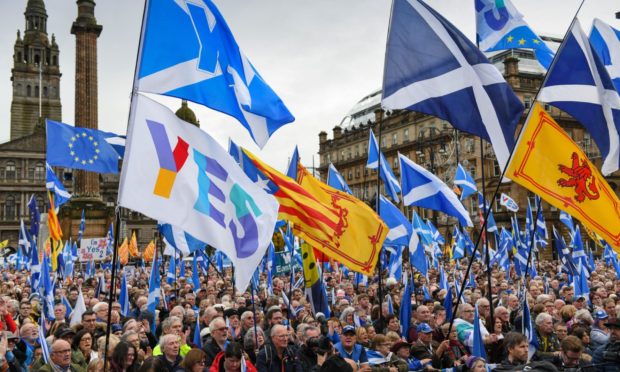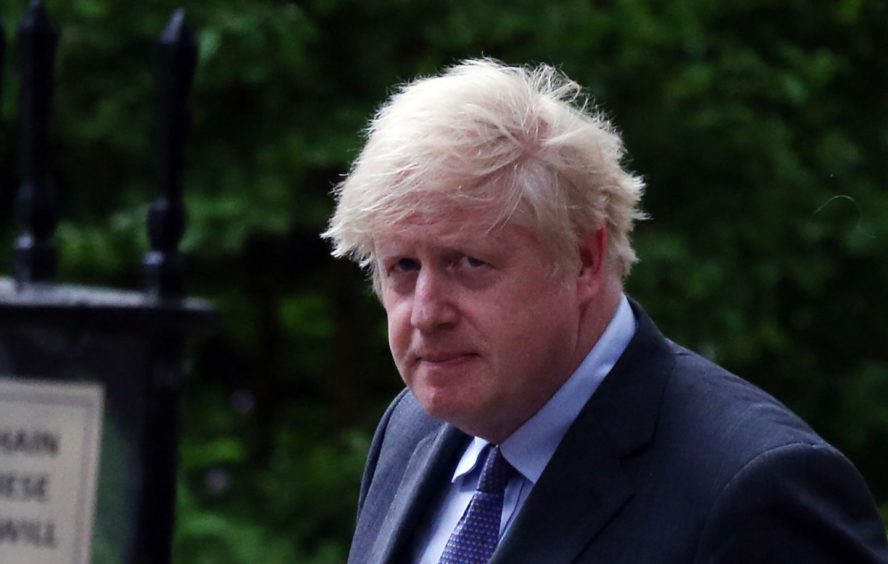Boris Johnson’s decision to refuse a second Scottish independence referendum is “not sustainable in the long term”, a former top UK Government mandarin has claimed.
Philip Rycroft, a former Scotland Office adviser and Head of UK Governance in the Cabinet Office, told a House of Lords committee support for the Union is “fraying” and a second independence poll would have to come in the “near future” – possibly as soon as the mid-2020s.
Mr Rycroft criticised the “weakness of understanding” in Whitehall about devolution and hit out at ministers, claiming there is an “unwillingness to accept the legitimacy of the voices in the other parts of the UK”.
He said: “The key challenge in the future governance of the UK is sustaining the consent of the people of all parts of the UK to its continuation, as a union.
“That consent is clearly fraying, particularly in Scotland, and it seems to me it’s not sustainable in the long term to have around 50% of the people of one part of the territory of the UK expressing a wish to leave it.”
He added: “There will come a moment when the UK Government’s position of ‘now is not the time’, is no longer tenable.
“The illustration of that is the decision by Mr Cameron in 2011 to accept that the election of a government in Scotland on the mandate for a referendum meant that the right thing to do was to offer the holding of a legal referendum.
“I suspect like circumstances might arise in the near future, after the next Westminster parliamentary election.
“If I do a little bit of stargazing into that future, let’s say the Conservative Party win that election, perhaps with a reduced majority, perhaps with something like 40% of the popular vote, across the UK.
“Let’s say the SNP clean up in Scotland, claiming a mandate again for a referendum, and you then have a clash of two mandates.
“It seems to be very difficult in those circumstances for the UK Government to deny another referendum.”
Mr Rycroft said a structural change to the governance of the UK is necessary if the Union is to be saved, but also argued that there needs to be an “emotional case” made for the continuation of the UK.
Philip Rycroft, former Scotland Office adviser and Head of UK Governance in Cabinet Office, tells Lords consent for the Union is 'fraying'
Adds: 'It's not sustainable in the long term to have around 50% of people in one part of a territory of the UK expressing a wish to leave'
— Dan O'Donoghue (@MrDanDonoghue) June 16, 2021
The former adviser said: “The arrangements for inter-governmental relations that were put in place in 1999 were not designed and certainly haven’t been capable of carrying the weight put on them by Brexit and by Covid.”
“They are not fit for purpose,” he added.
On the emotional case for the Union, he said: “People have to feel connected to the Union and see it working in their interests, and in the interest of their kith and kin.”
Asked about the same issue, Ciaran Martin, a former Constitution Director in the Cabinet Office, told the Lords that in Westminster “love for the union is like the love for possession, rather than the love for a partner”.

